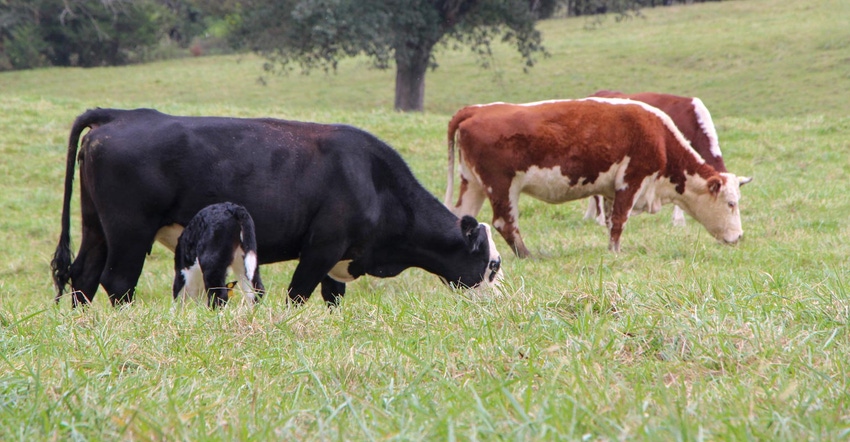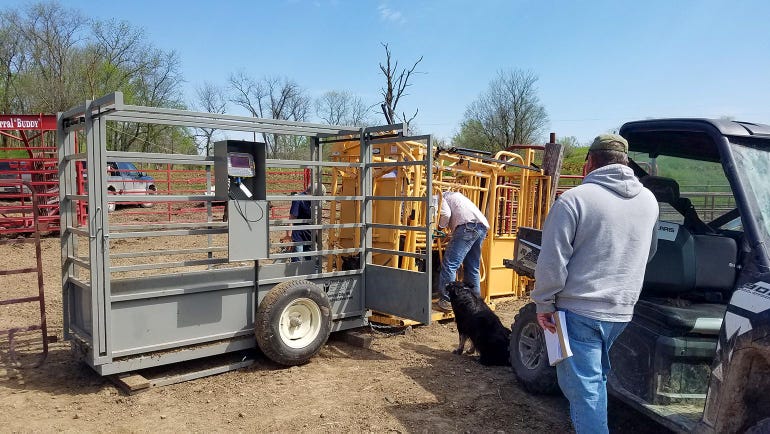August 4, 2020

Keep or cull. It is the age-old question of beef cattle producers when determining whether a cow stays on the farm or is sold. While farmers rely on history of cow performance and calf crop, often this information is filed only in the human mind. And let’s face it, sometimes those memories are not quite as sharp as we would like them to be.
This year, the University of Missouri Extension started a three-year project to help beef producers improve whole-herd record keeping. By comparing individual and herd data to regional and national standards, farmers may be able to use the information to help decide which cows to retain and which ones to remove.
Herd evaluations underway
MU Extension livestock specialists in Columbia, Albany and Savannah worked with three northwestern Missouri producers to record and compare whole-herd production data, says Shawn Deering, MU Extension livestock specialist.
They collected data on cows and calves, which included evaluating age, breed, weight, body condition score, disposition and days pregnant, if available. They also gathered birthdate, breed, sex, dam, sire (if available) and weight on calves.
The data was used to monitor herd and individual animal performance in northwestern Missouri herds. In only six months, the project is yielding results.
“Early data collection has already generated some interesting information related to mature cow weight,” Deering says.

DATA COLLECTION: MU Extension livestock specialist Jim Humphrey (right) waits to weigh a spring-born calf for a producer participating in the pilot record-keeping project.

Specialists compared data from the 500 head of cows to accepted industry standards, he says. National industry standards may differ greatly from regional herd data.
Deering says that producers, veterinarians, beef nutritionists and university experts accept 1,200 pounds as the industry standard for average cow weight. However, cows used in this project weighed from 662 to 1,730 pounds.
“That is a 1,068-pound difference between the lightest cow weighed and the heaviest cow,” Deering says.
The lightest animal was a first-calf heifer and the heaviest was a 7-year-old mature cow. “Obviously, the age gap does explain part of the difference,” he says, “but that is still a wide range.”
Looking at all influencers
Environment, forage base and marketing plan all should factor into the ideal cow size for individual producers, Deering says. Bigger cows consume more feed and cost more to maintain.
“Our hope is that this project will give us a good idea of current average cow size in northwest Missouri and serve as a guide to determine what the ideal for our area might be,” he says.
Farmers then can use this type of information to determine which cows can perform at their optimum level in their operation and which ones may have better results in another Missouri beef herd.
For more information on the project, contact MU Extension veterinarian Craig Payne at 573-882-7848; state beef nutritionist Eric Bailey at 573-884-7873; livestock specialist Jim Humphrey at 816-324-3147; or livestock specialist Shawn Deering at 660-726-5610.
Source: University of Missouri Extension, which is solely responsible for the information provided and is wholly owned by the source. Informa Business Media and all its subsidiaries are not responsible for any of the content contained in this information asset.
You May Also Like




